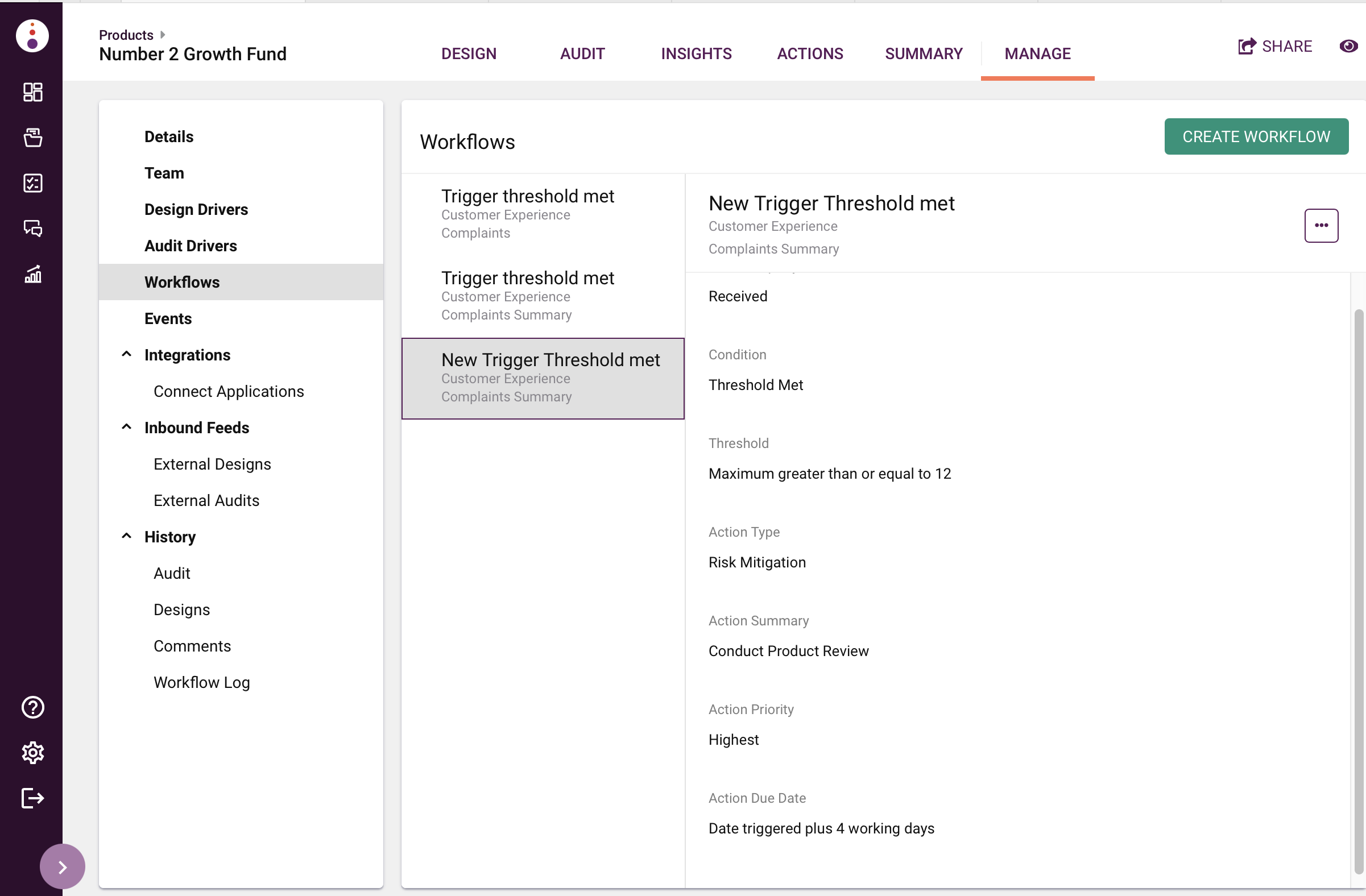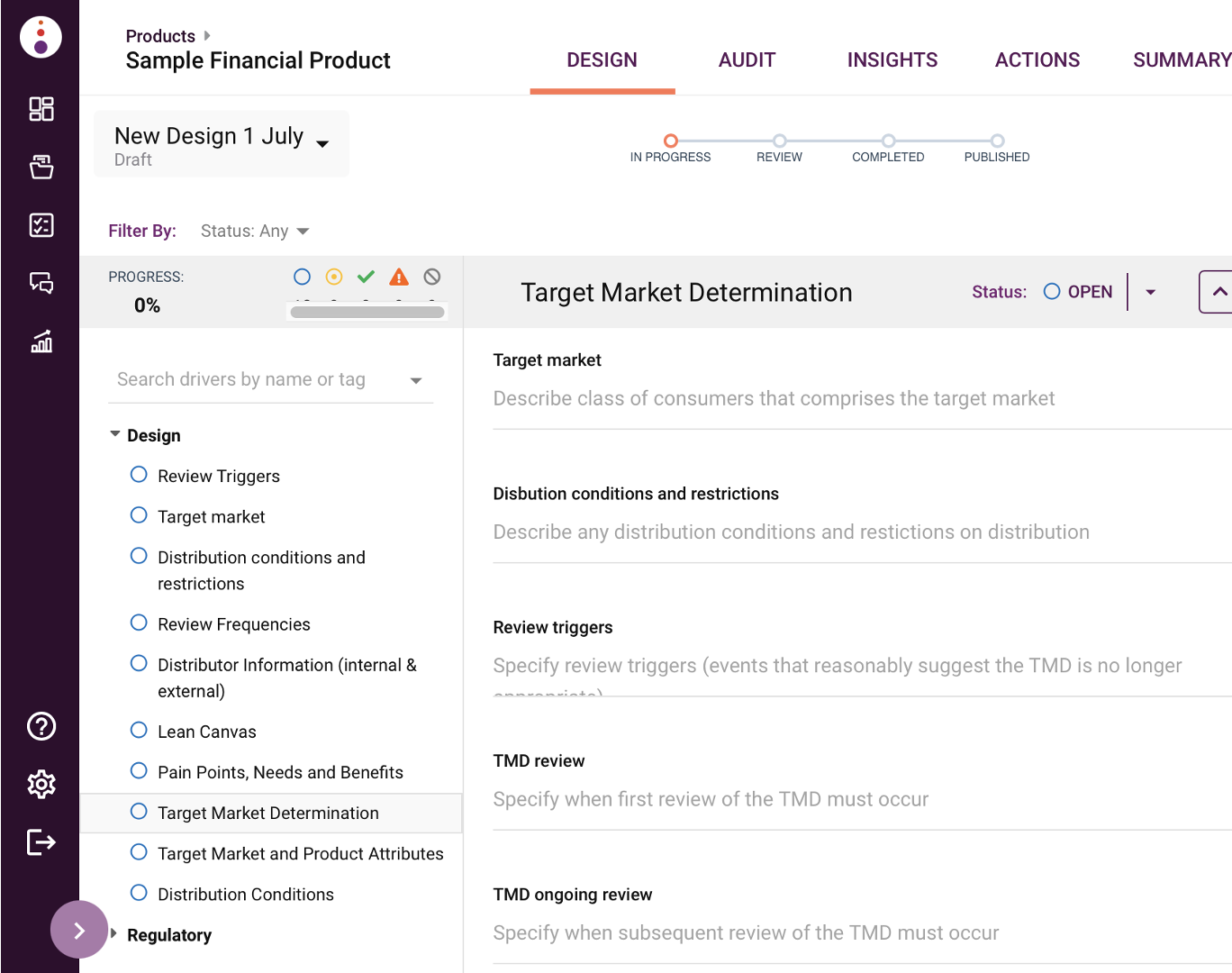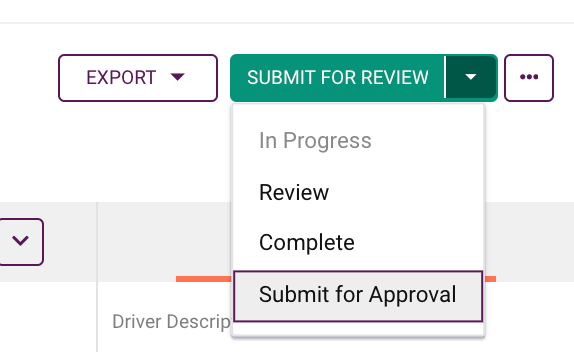What agile teams can do after launch
by Leica Ison

Agile provides a great framework and suite of tools to support business teams in new product development. However, once these products are launched in the market, a flexible product governance framework for managing growth and compliance often falls away, to the detriment of the business. The happy path to governance ensures your product is fit for purpose, provides value to your customer and meets regulatory obligations. Good governance sets a foundation for long-term growth.
The challenge of product lifecycle governance
The challenge of collaboration between product development, lifecycle management and compliance teams has always existed. However, this is more challenging as we move to remote and virtual working. Many global surveys for years have shown that - silos, unclear roles, competing objectives and ad-hoc reviews lead to poor product growth and unproductive product teams.
Based on my years of leading product growth and lifecycle teams, I've developed a simple product governance framework to help product managers find the happy path or flow, make better decisions and direct successful product growth and compliance. Best practice post-launch product management sets a product design and monitoring framework to ensure successful and timely decisions as the market or regulation changes . Setting the foundations of a continuous monitoring and improvement procedure will not only break-down silos - it will streamline how you engage and report to stakeholders for a direct path to product success.
What is in a product lifecycle governance framework?
There is a global trend to codify product management. The adoption of a product governance lifecycle framework is a strategic decision for your organisation. Product governance is not one size fits all, and each product portfolio is different. No process is linear, but you will move through four main phases: design, distribute, monitor and improve. By taking on these four phases, you will have the context you need to make your lifecycle governance implementation successful and manage ongoing requirements.
Example of happy path steps using digital product governance
You can walk through a modern product governance framework in this short video that covers design, launch, monitor and optimise steps and automated tools.
Step 1: Set a product governance calendar
Things change in product management - so having an annual rolling product governance schedule help focus on the critical path. This helps when the market changes and new regulations like modern slavery and design and distribution obligations impact on a product strategy.
To keep on top of these changes reviewing your product end to end will help ensure your product is fit for purpose and meeting customer needs. In a product governance calendar, you can schedule a routine of rolling annual product reviews, triggers and notifications with your business teams.
The schedule also enable you to set up out of cycle reviews when a product goes off plan or hits a trigger point. A product design and monitoring schedule will set the foundation for long term success.
Step 2: Design your product
In this phase, you'll learn how to better understand customer needs. Then, you'll move through discovery, experimentation, shaping a product and ultimately meeting your design and distribution obligations. The design phase is about ideation and shaping new products on the fly, finding new possibilities for existing products, and your ideas will evolve into a commercial solution. Finally, you'll build your team, get smart on your regulatory challenge, and make choices about distribution strategy and conditions.
Tools for new product design and launches include templates for your target market determinations for existing products. Everything you need to manage your product portfolio designs and sale conditions.
Step 2: Consistently monitor & review your product
Product leaders now need to review all products with structure and routine to ensure they remain fit for purpose, meet customer needs and regulation obligations. A product monitoring framework should give visibility across the end to end product value chain and support meeting regulatory obligations.
Skyjed comes with product governance and monitoring framework built-in and ready to go. It is unique as it steps you through your product monitoring and generates reports including a product health-check score and product risk profiles. We use an "Audit workspace" to monitor and review. You add a product and create an audit to get started.
What does happy path to monitoring look like?
1. initial review of product after launch using the 'Product review" templates in Skyjed audit workspace
2. Start your monitoring audit and complete it with your virtual team.
3. Hit publish audit and your report and insights are generated
4. Engage stakeholders & issue automated reports.
Step 3: Action and continuous improvement
If you are finding it difficult to focus and set your priorities or track your risk areas, we recommend setting two tools
1. Product Triggers offer a strategic way - no coding required - to automate how you monitor trigger points in your product lifecycle.
A Product Trigger can be created in 1-2 minutes and indicates whether a product fits the purpose, meets the needs, and provides value as intended within a product strategy.
Review triggers are events like customer complaints or spikes in sales data that reasonably suggest the product strategy is no longer appropriate. A review trigger also signals that a product strategy requires review and improvement action.

2. Setting actions. Use 2 types of action plans - strategic and risk mitigation. Set these actions, assign to a virtual team member and track the actions. Setting risk actions helps you update management on emerging threats and increase your chances of identifying risks early. This means you can reduce the impact and intervene early.
Adding the Skyjed health-check score means you don't need to have a truckload of reports to get management or the Boards attention and support. For executives and boards, it brings transparency and forward-looking insights.
Summary - the happy path for agile teams after launch for success?
- Collaborate and invite a virtual team to your design and monitoring workspace
- Start a rolling annual product lifecycle governance calendar
- Set triggers with workflow builder to monitor triggers and set action plans to improve
- Start using automated software to reduce the time it takes to design, monitor and prepare reports
- Engage & Report to Stakeholders. Keep on top of non-financial product risk and address emerging social and governance issues like climate-related risk and modern slavery
Product lifecycle governance is a critical function in any product-led business.
"
Lifecycle governance practices out-of-the-box
Skyjed is a central place to design, monitor and store your product lifecycle history. A cloud-based tool that is accessible from anywhere with pre-built product design, monitoring, reporting and record-keeping out of the box for product leaders.
"It will make the ongoing management and monitoring of the Product Lifecycle Governance Framework and DDO very easy – the Skyjed solution will do most of the work for us.
No IT infrastructure changes required – being a web-based solution means it worked right out the box, needing only a browser to access" - Michael McCormick Head of Product, LUCRF - Financial Services Industry.
About Skyjed
Skyjed is product lifecycle and governance platform. Skyjed’s Ai-powered end-to-end product platform brings together every data point across the entire product portfolio into a single source of product truth. Skyjed was founded in 2017 and is headquartered in Sydney, Australia. For more information visit Skyjed





